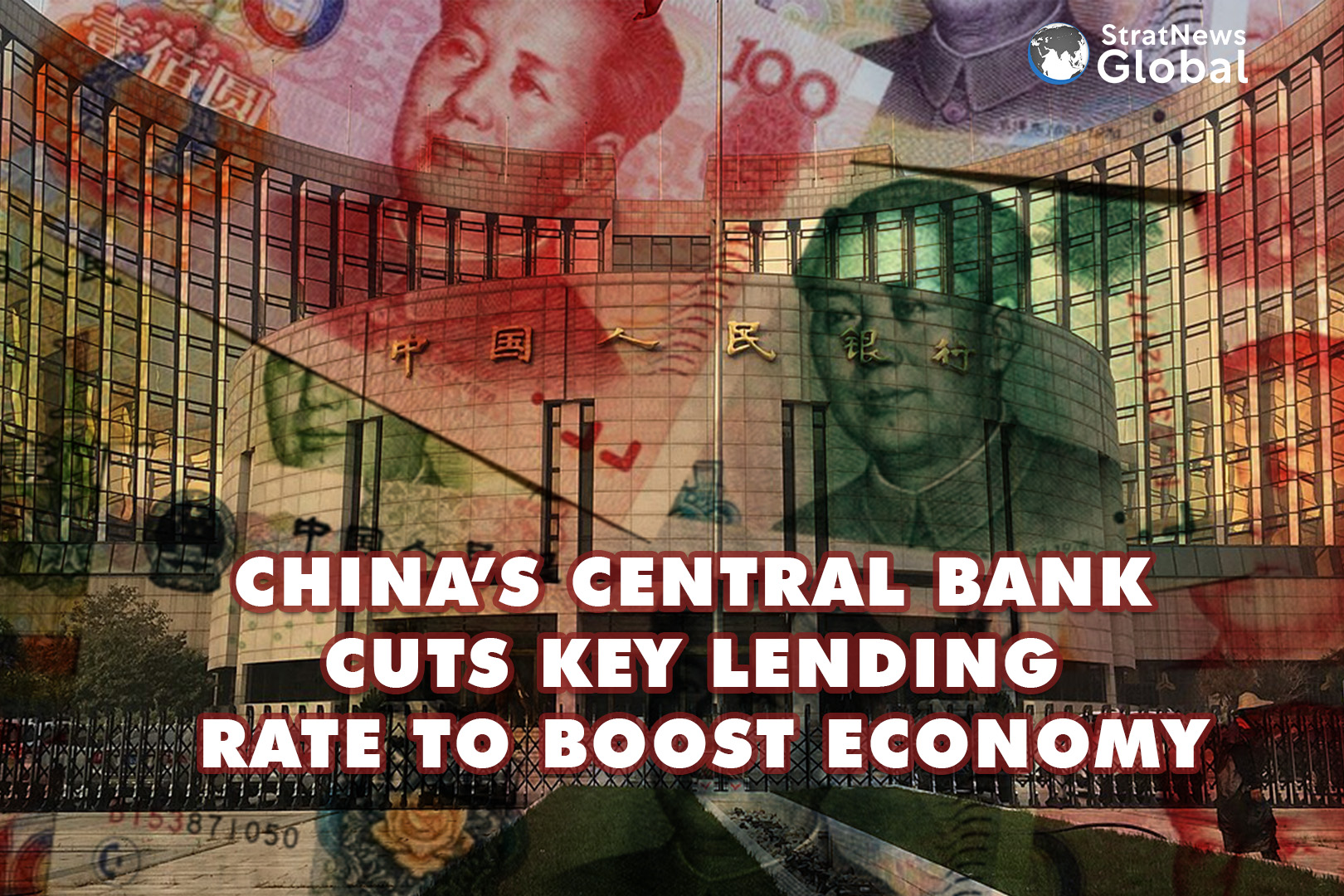In a bid to safeguard the property market and economy, China has cut a key reference rate for mortgage loans. The loan prime rate (LPR) is what commercial banks charge their best clients and is calculated each month after 20 designated commercial banks submit proposed rates to China’s central bank — The People’s Bank of China (PBOC). The rate was lowered from 4.2% to 3.95%.
The announcement marks the largest rollback of the five-year LPR since the system was introduced by China’s central bank in 2019. It was the latest cut to the five-year LPR since June 2023.
“The LPR rate cut is another step in the right direction to address the deflation problem China faces,” Zhang Zhiwei, president and chief economist at Pinpoint Asset Management, told the South China Morning Post.
China’s central bank’s move to cut the lending rate is aimed at encouraging commercial banks to grant more credit and at more advantageous rates.
Since 2021, the Chinese economy has been facing a major real estate downturn, when the government cracked down on developers’ borrowing.
The housing market, once contributing to the boom, has faced a slump, which has been triggered by a decline in both investments and sales of property. Over the past year or so, various major developers have defaulted on their debt. Leading the pack is Evergrande — China’s second largest homebuilder. It was ordered to liquidate last month.
The crisis has been a major blow to construction workers and home buyers. The impact of the crisis has also hit the banking industry.
The Chinese government has stepped in to stem the tide, by including measures like slashing interest rates, reducing the size of down payments, encouraging banks to extend maturing loans to developers and loosening restrictions on home purchases in Chinese cities.
The economy is also facing problems like deflation, low investor confidence among others.
China’s foreign direct investment totalled $33 billion, on a net basis, down 80% from 2022.
[/vc_column][/vc_row][/tdc_zone]









